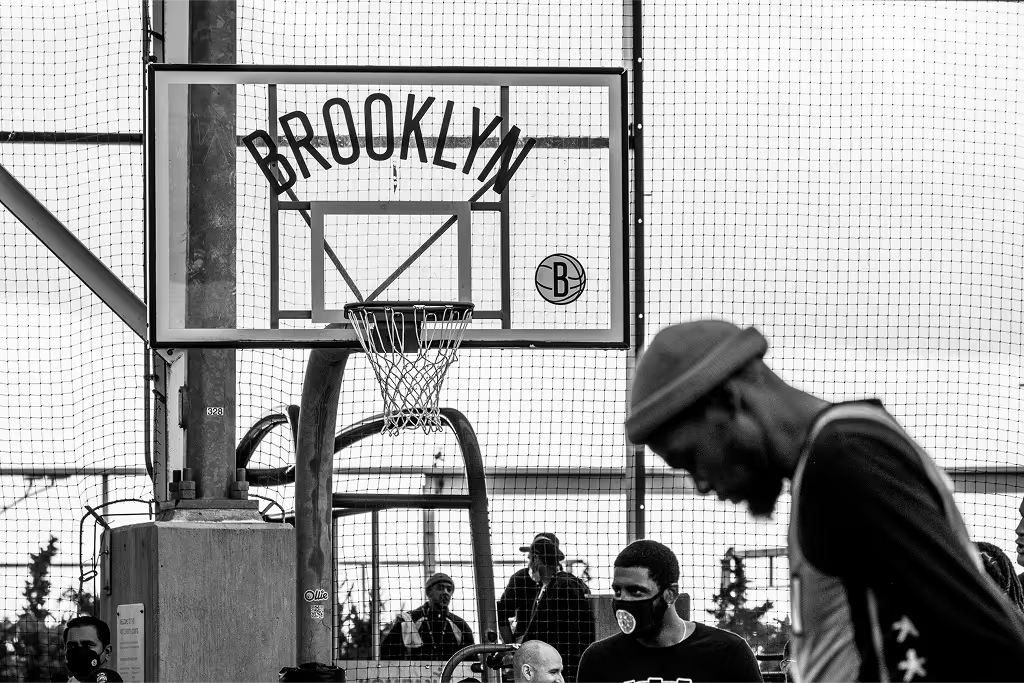Harvard College

2024 w3 Gold - Best College/University Site Harvard College, the undergraduate admissions and financial aid division of Harvard University, has been a long-time partner of Mediacurrent, with over a decade of collaboration focused on ongoing support and optimization. When Harvard College updated their print materials for student recruitment, they wanted their website to reflect this fresh new look—efficiently and cost-effectively, without the massive resource drain of a traditional redesign.
Fighting the Urge to "Burn It All Down and Start Over"
Like many organizations, Harvard College was experiencing that familiar sinking feeling when a website starts to feel stale and outdated. The instinct was to demolish everything and rebuild from scratch—a common response that typically leads to expensive, exhausting projects with long timelines, scope creep, and lost momentum.
Harvard needed to modernize their digital presence to match their updated print brand while making the prestigious institution feel more approachable and inclusive. The challenge was achieving this transformation without the typical redesign pitfalls: months of stakeholder interviews, content audits, internal debates over components, and launch dates that either slide or require nights and weekends to meet.
Most critically, Harvard wanted to avoid the scenario where half the wishlist sits in a "phase two" document that never gets implemented, while the team burns out from the massive overhaul process.
Strategic Evolution Over Revolution
Instead of rebuilding, we chose to reimagine and renovate. Working with Harvard College over three months, we identified key areas to introduce new design elements and components that would refresh the site's appearance without requiring an entire overhaul.
Our strategy centered on what Alixandra Nozzolillo, Harvard's Director of Communications, calls "starting from strength"—asking what is true, what needs to evolve, and how we can make this better for the audience. We developed the concept of "Harvard Casual," inspired by Harvard's financial aid programs that make the university accessible to students from families with incomes under $85,000.
The approach focused on targeted, carefully selected component redesigns that would deliver maximum impact while maintaining the robust foundation that Harvard had built over the years. Rather than pressure the team with a massive overhaul, we created a process that honors work that moves faster and doesn't require starting from scratch every few years.
Key Solutions That Modernized Without Disruption
Flexible Component Integration: We designed new components to integrate seamlessly with existing ones in the CMS, complete with a simple toggle feature that allows the Harvard team to switch between traditional and newly designed components without re-entering content or rebuilding pages. This empowers them to keep the site fresh with minimal effort.
"Harvard Casual" Visual Identity: We introduced more image-based components, including the ability to display TikToks and other modern content formats that showcase student life in relatable ways. This approach maintains Harvard's tradition of excellence while reflecting their inclusive and welcoming spirit, making the institution feel both prestigious and accessible.
Scalable Storytelling Platform: We created a revitalized content management system that allows Harvard to share amazing stories from within their community more effectively. The new design provides the flexibility to mix and match both existing and newly introduced components, refining the storytelling experience and ensuring seamless transition from print to digital.
Strategic Efficiency That Delivers Real Impact
The refresh approach delivered transformative results in a fraction of the time and cost of a traditional redesign. Harvard College now operates under a new model of continuous improvement, using both qualitative and quantitative data to guide lower-friction updates that create measurable improvements.
The site now feels modern, inclusive, and welcoming without starting over again, earning recognition with a W3 Award. More importantly, the approach has fundamentally changed how Harvard thinks about digital evolution—they've stopped thinking in terms of major redesigns and started focusing on continual incremental improvements.
The refresh process has reduced stakeholder resistance because improvements have become the norm rather than massive, high-stakes overhauls. As Nozzolillo explains, "You're not asking them to review this major refresh, but letting them know that XYZ is happening"—a much more manageable approach that lessens the stakes for everyone involved.
Perhaps most significantly, the robust foundation now supports every step of Harvard's digital evolution, enabling them to move faster without breaking things while maintaining the flexibility to pivot, amplify successful initiatives, and sunset what's no longer working.
What This Means for Organizations Facing Digital Fatigue
If your team is experiencing that urge to "burn it all down and start over," or if the thought of another massive redesign feels overwhelming, you're not alone. The key is recognizing that you don't need to start over—you just need to start smarter by asking what's already working, what can evolve and what your audience needs now. The future belongs to teams who refresh with purpose, working strategically rather than taking shortcuts.


